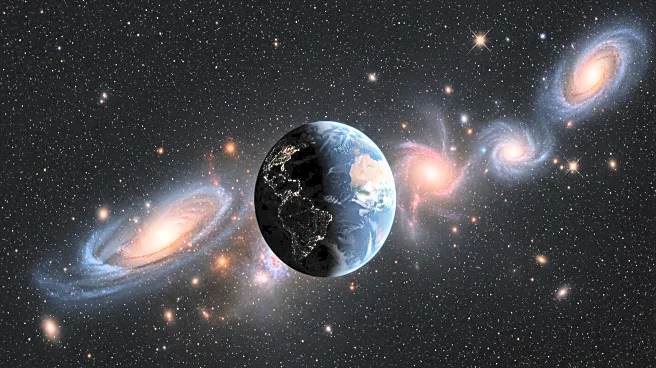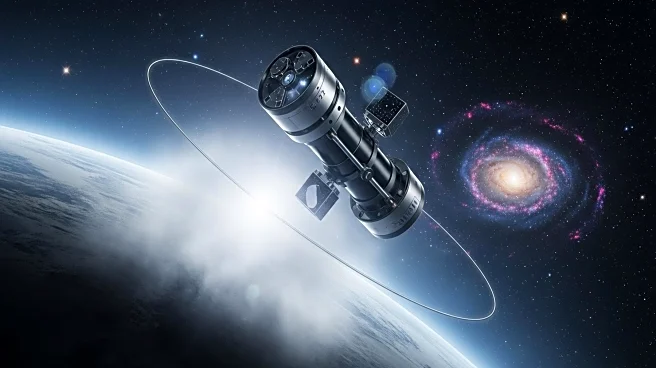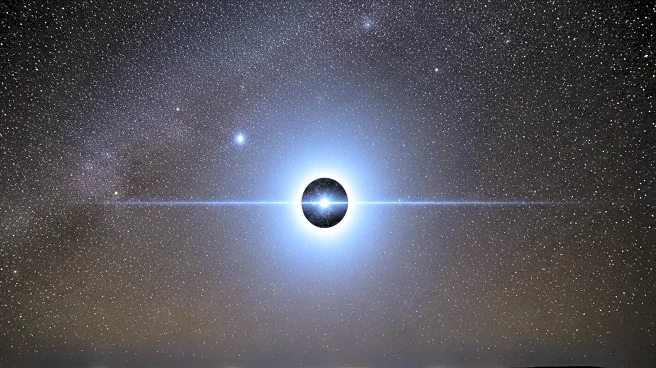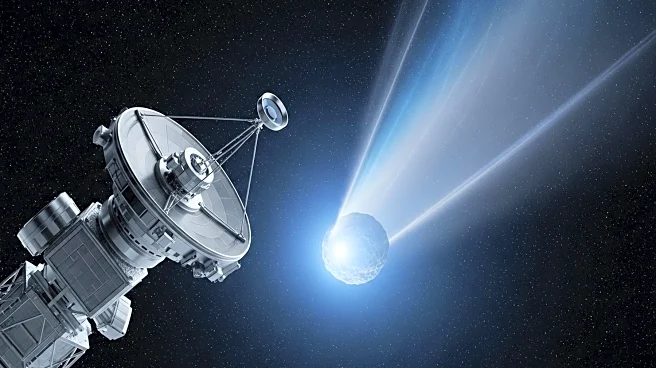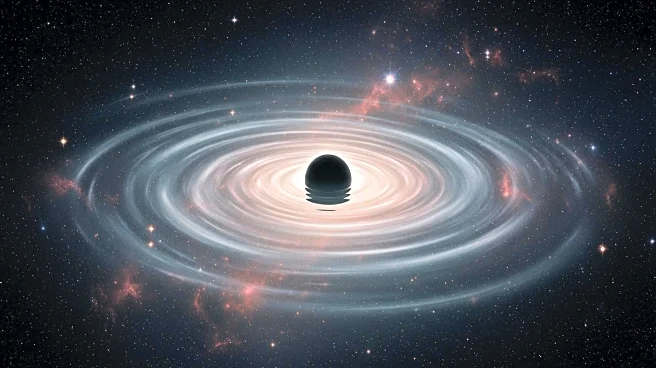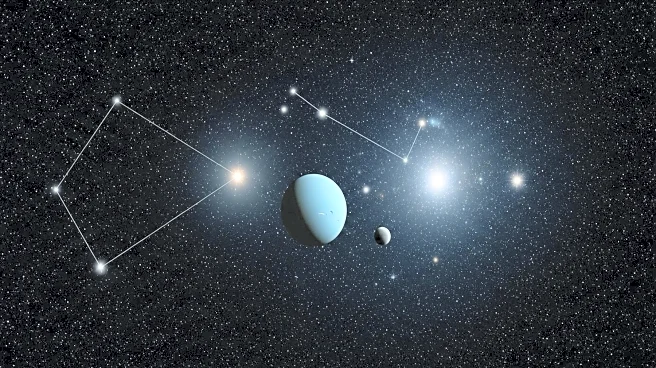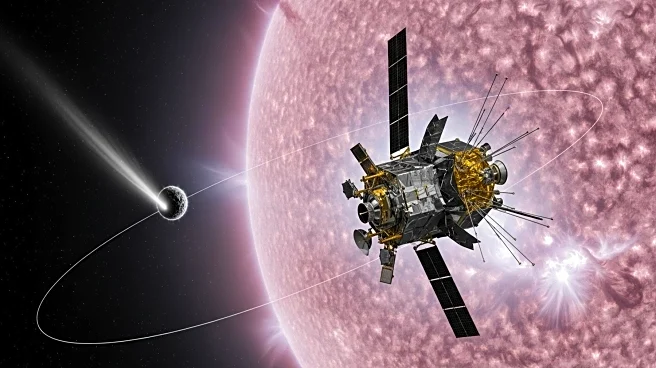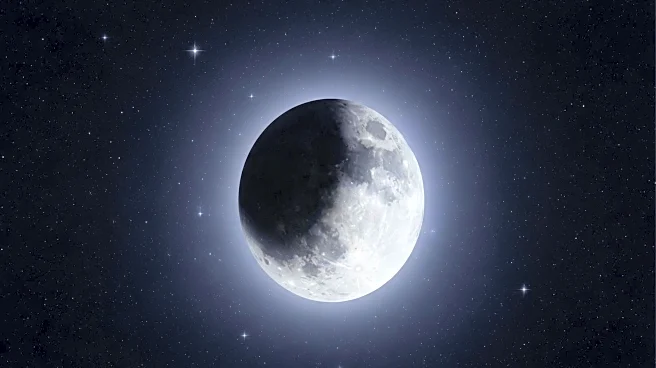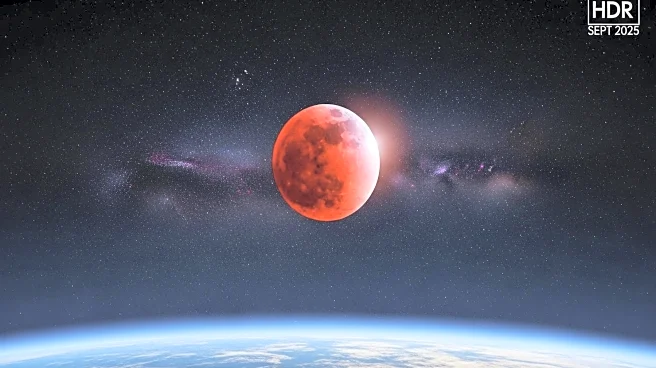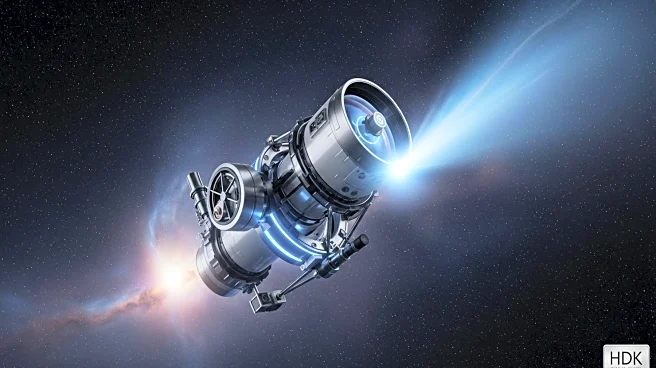What's Happening?
Astronomers from the University of Portsmouth have suggested that Earth and the Milky Way may be situated within a giant cosmic void. This hypothesis aims to address the Hubble tension, a discrepancy in the measured rate of the universe's expansion. The void model proposes that the local environment expands more quickly than other parts of the universe, potentially explaining the variation in expansion rates. The idea challenges the standard cosmological model, which assumes a more uniform distribution of matter throughout the universe.
Why It's Important?
The void hypothesis could significantly impact our understanding of the universe's structure and expansion. Resolving the Hubble tension is crucial for accurately determining the universe's age and evolution. If the void model is correct, it may lead to revisions in cosmological theories and influence future research in astrophysics. Understanding the universe's expansion is essential for predicting its ultimate fate and the behavior of cosmic phenomena.
Beyond the Headlines
The concept of cosmic voids raises questions about the distribution of matter and the nature of the universe's expansion. It challenges existing models and encourages exploration of alternative explanations for observed phenomena. The debate over voids highlights the dynamic nature of scientific inquiry and the importance of considering diverse perspectives in cosmology.
